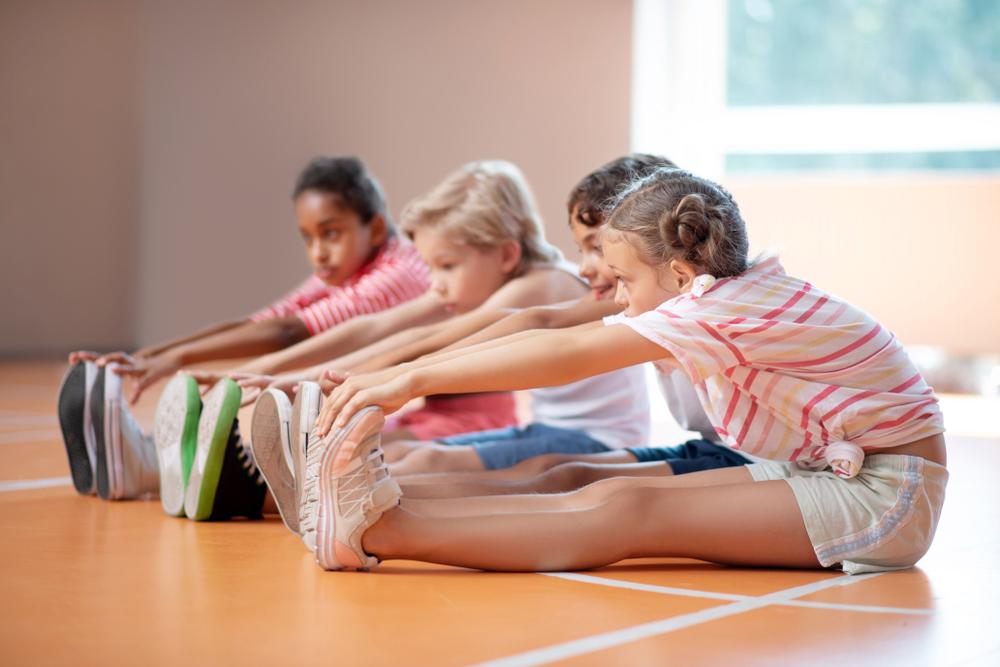 Day and weekend-long tournaments are a staple of modern youth sport, especially in soccer, lacrosse, baseball, and basketball.
Day and weekend-long tournaments are a staple of modern youth sport, especially in soccer, lacrosse, baseball, and basketball.
But there’s a reason these multiple-games-in-a-day events aren’t common beyond the youth level: they take a toll on athletes’ bodies, and the more an athlete plays in a fatigued state the more vulnerable they are to injury.
Thankfully, the slower pace of most youth sports allows athletes to better withstand two or even three games in a day. Even still, there are many physical and food-related measures athletes can take in between games to increase their recovery during sports tournaments and reduce the risk of injury.
Muscle and Mobility Maintenance
There’s a fair amount of overlap between recovering the body from the last game and preparing for the next one. This is especially true for tournaments where the window between events is small.
While a good coach should walk athletes through a team cool down, there are also exercises athletes can do in their hotel room or back at home to help better recover for the next game:
• Lacrosse ball massage: Take a lacrosse ball (can be purchased at most sporting goods aisles for cheap—a tennis ball can work too), put it on the ground, and rub a foot on top of it while applying pressure. This loosens the tendons, ligaments, and muscles within the feet and ankles. The same ball can also be used to loosen up the shoulders, back, glutes, hips, forearms, and other muscles.
• Lunge and reach: Loosen up the core by stepping out into a forward lunge (bent front leg, straight back leg). Place the palm opposite the front leg (e.g., left leg forward, right palm) on the ground and raise the other palm toward the ceiling and look up. Hold for a few seconds, then alternate sides.
• Hamstring stretch: Help your athlete loosen tight hamstrings by having them lay on their back with legs flat against the ground. Wrap a towel folded longways, elastic band, or similar around the arch of one of their feet. With legs remaining as straight as possible, have them raise the banded leg toward the ceiling while applying resistance with the band, also flexing the ankle so their toes are pointed at their face. Hold for 10-15 seconds, then switch legs.
Eating to Refuel
It’s best to prepare food for athletes specifically to help their recovery during sports tournaments and fuel up for their next game. This increases the importance of packing a smart tournament cooler in case there isn’t enough time in between events for a real meal or the venue’s choices aren’t the healthiest.
No matter if you are packing a cooler, eating the food provided by organizers, or have time to eat at a nearby restaurant, keep the following CHEF guidelines in mind (and try to encourage your athletes to do the same):
• Carbs: While fats do many important tasks in our body, they digest slowly and do not convert quickly into energy. When eating to recover from the last game and prepare for the next one, focus instead on carbohydrates and some protein.
When there is even less time in-between games, try and stick to simple carbs like the ones in fruit, as opposed to heavier ones like in whole grain breads and pastas.
• Hydrate: Athletes should always increase their fluids in the days leading up to a tournament (especially outdoor summer ones), but their intake also needs to remain steady during and in-between games.
For especially-demanding tournaments, beverages like sports drinks and coconut water can help both hydrate and replenish lost carbohydrates and electrolytes.
• Eat Early: The importance of a hearty breakfast that keeps in mind the above recommendations can’t be understated.
If your athlete’s first game or event for the day is early and eating four hours before game time isn’t possible, try and have a big meal the night before followed by a lighter, carb-heavy meal the following morning.
• Familiar: As tempting as that local favorite in a new city might be, in between games is not the time for an athlete to experiment with eating new foods.
Instead, stick with what you know works for your athlete and that they like. The adventurous eating can then be a nice treat for playing hard after the games are over.
—
Finally, the time between games and events is for mental recovery, too. Letting your athletes have some down time with friends or by themselves will allow them to play their best again when it comes time to re-focus.
References:
http://www.elitesocceracademy.info/Default.aspx?tabid=549424
https://www.verywell.com/sports-nutrition-how-fat-provides-energy-for-exercise-3120664
https://www.verywell.com/how-carbohydrate-provides-energy-3120661
http://healthyeating.sfgate.com/benefits-eating-simple-carbohydrates-11468.html



